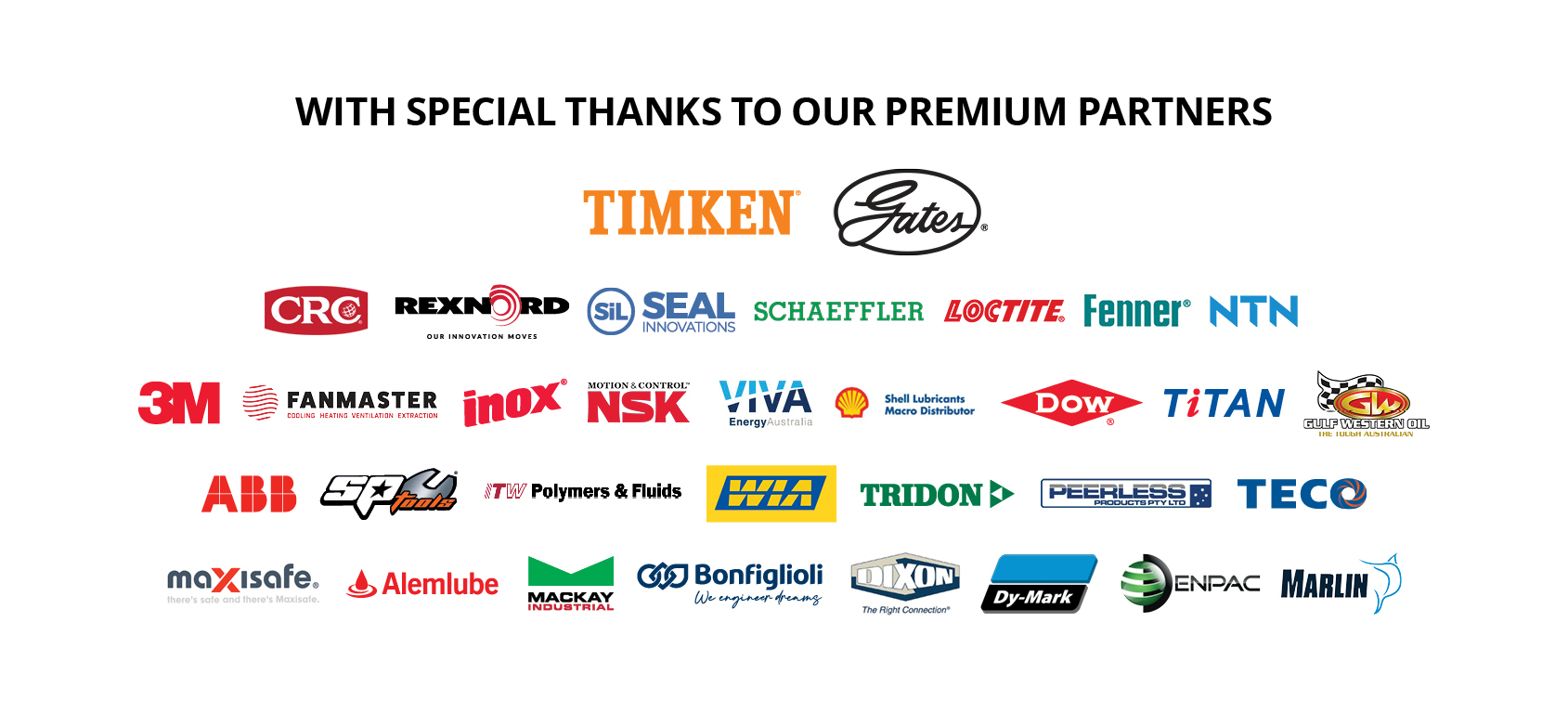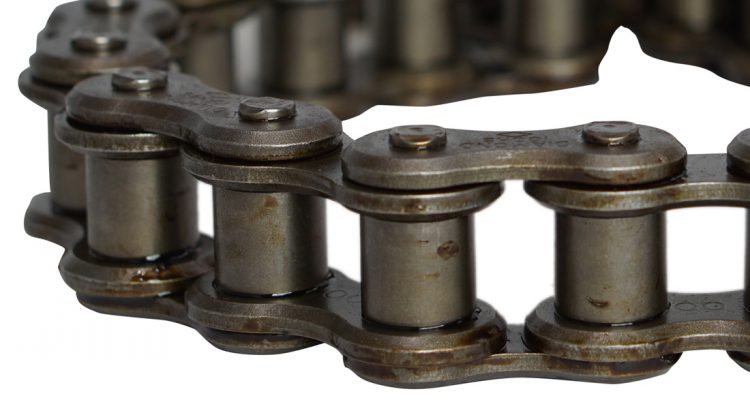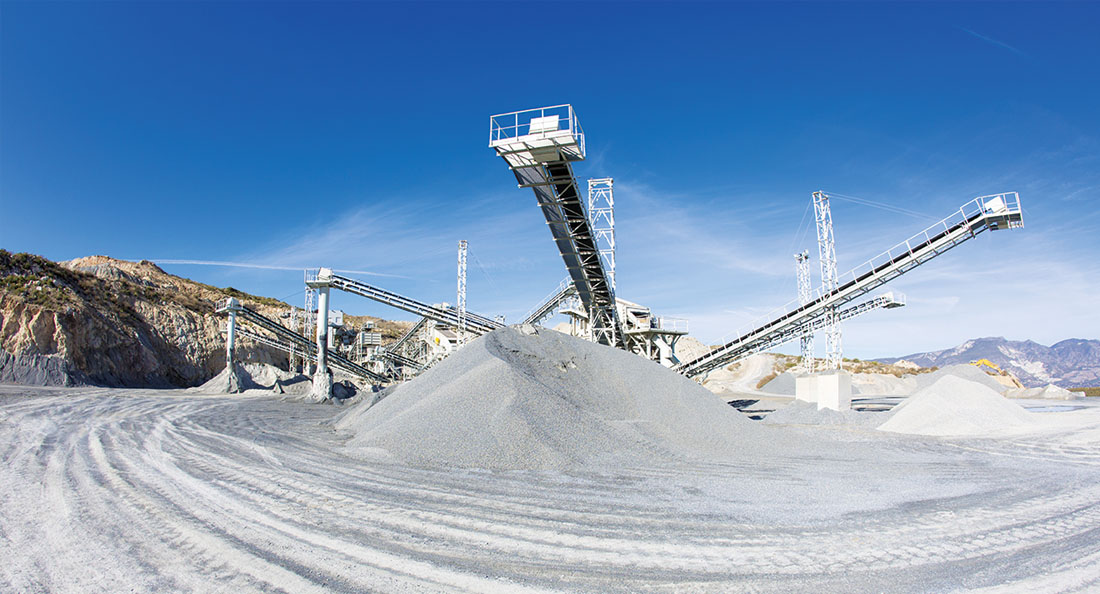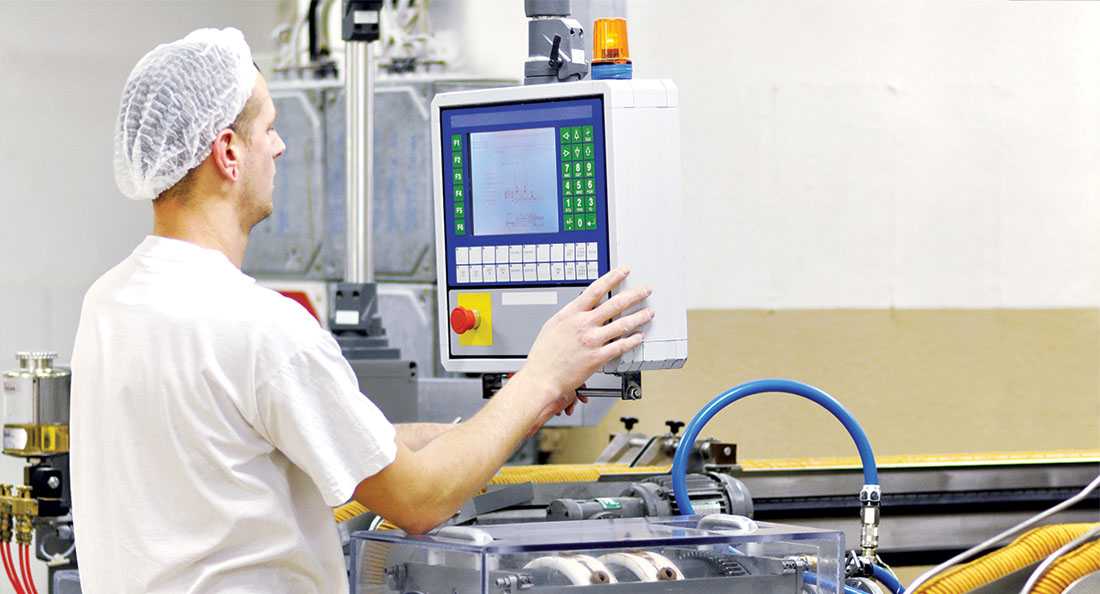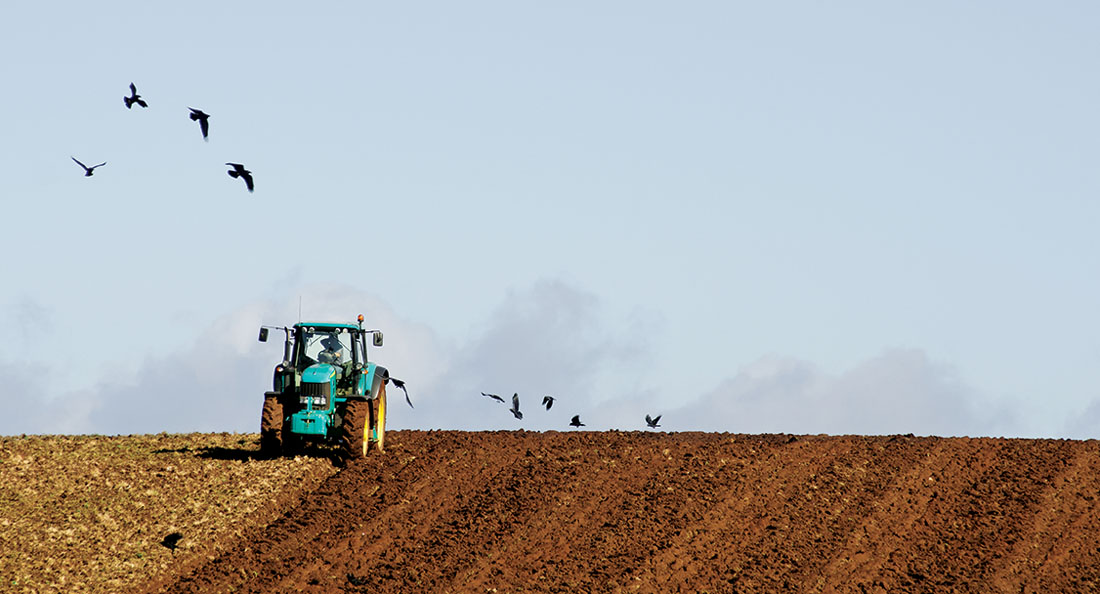Drill rig chains work in some of the most challenging environments. High loads, abrasive conditions and exposure to dirt and dust mean these chains have a shorter service life than most other roller chains.
As BSC National Product Manager for Power Transmission, Troy Markland, explains, “roller chains are typically designed to work approximately 15,000 hours in general industrial applications when meeting standard duty conditions, horsepower guidelines and general good PM practices. But in heavy duty applications such as in drill rigs, their service life can be much shorter. That said, if you are getting very short life out of your chains or if the chains are elongating after only a few weeks or months, that’s a sign your roller chains are not suitable for the job.”
As an external drive professional with nearly 30 years of experience at BSC, Troy’s recommendation for heavy duty applications such as drill rigs is the Diamond® HS series chains.
“The Diamond high strength chains are at the very top end of strength when it comes to roller chains,” says Troy. “The HS series chains have been made with increased fatigue strength which allows the chains to handle the shock loads. These chains also use solid bushings and rollers that allow for extended wear life.”
Fatigue and impact loads are both factors that affect chains’ service life in drill rigs. Troy says the Diamond HS chains offer superior resistance to both.
“The shot-peened link plates in Diamond HS chains have a layer of compressive stress that helps resist fatigue when subjected to repeated high loads. The pins in these chains are through-hardened medium carbon which increase tensile strength and allow the chain to better absorb shock loads,” he explains.
Troy also offers guidelines on how the chains need to be checked periodically to ensure they can last to their maximum service life.
“When you look at the chains for inspection, the first thing you should do is measure the elongation. Roller chains are capable of handling a maximum of 3% elongation, so the best way to inspect a chain is to take periodic elongation measurements. And that’s measuring a series of pitches of the chain. If you have a one-inch pitch and you measure 12 pitches, nominally it should measure 12 inches; but if the chain is old, you might get 12.1 or 12.2 inches and that tells you the chain is starting to wear out.” If the chain measures 12.36 inches (12×1.03) the chain has reached its wear limit.
Here, Troy is quick to note that chains such as the high strength Diamond roller chain do not stretch. It is the excessive wear on the pins and bushings that leads to the chain’s elongation.
“A common misconception is that chains stretch. That’s generally not true, certainly not with Diamond roller chains. What actually happens is that as the pin and bush wear out, the pin’s diameter gets smaller, the bushing ID gets larger, and the overall clearance increases. This is what we refer to as the chain running out of pitch and this is when you need to consider changing the chains.”
According to Troy, elongation can be minimised with proper lubrication and drive maintenance.
“All Diamond HS chains are put through a proprietary hot-dip lubrication process in the factory. But the site maintenance managers also frequently remove the chains for re-lubrication in the workshop after every 500 to 1000 hours of service – depending on the site’s specific requirements. It’s also important to check the condition of the sprockets and take chain elongation measurements periodically,” says Troy.
“Where the BSC experts can assist their customers is in selecting the most suitable roller chains based on their load and speed requirements. Also, the beauty of working directly with the manufacturer is that we can tap into Diamond’s engineering and production capabilities where necessary to further assist our customers with any customisation they may require.”
Elongation in roller chains is normal and may be minimised by proper lubrication and drive maintenance. The rate of wear is dependent upon: the relationship between the load and the amount of bearing area between pin and bushing, the material and surface condition of the bearing surfaces, the adequacy of lubrication, and the frequency and degree of articulation between pins and bushings. The latter is determined by the quantity of sprockets in the drive, their speeds, the number of teeth and the length of the chain in pitches.
